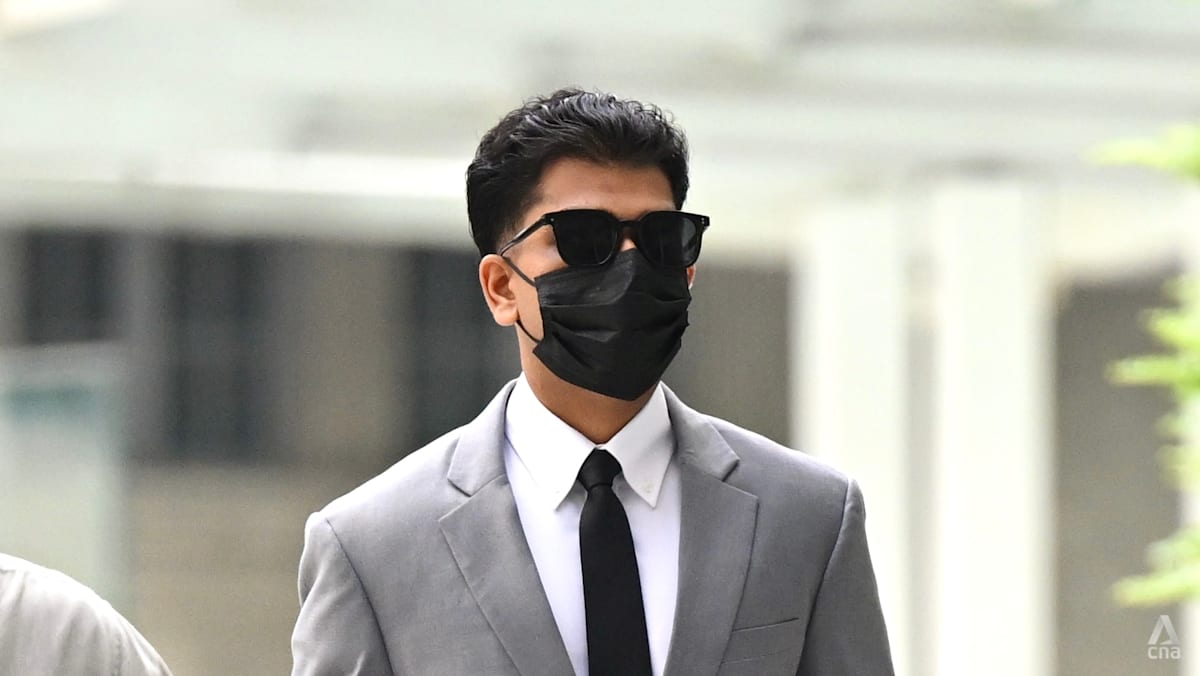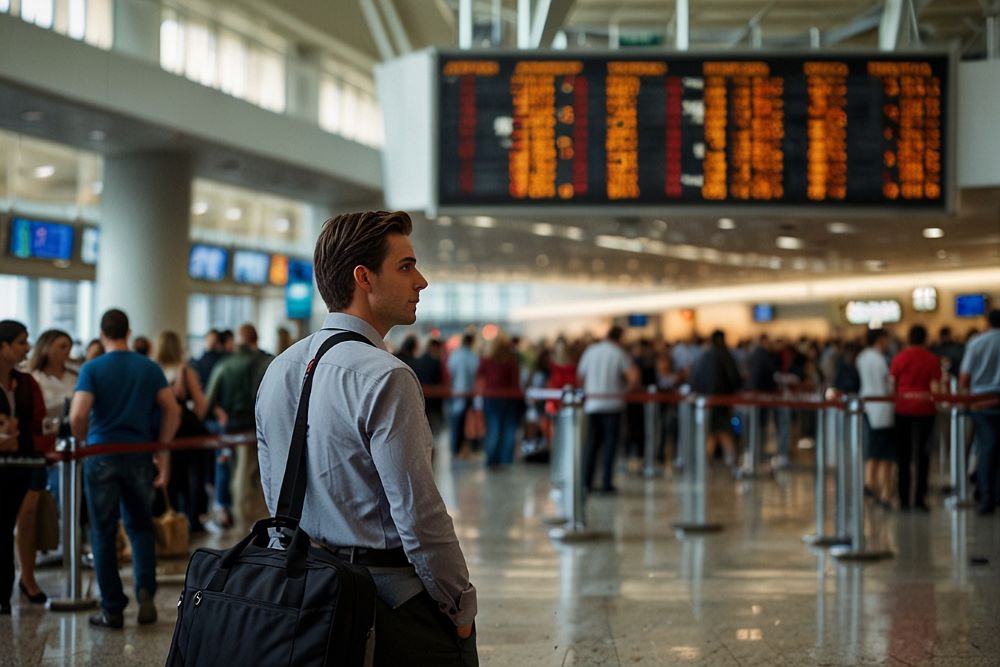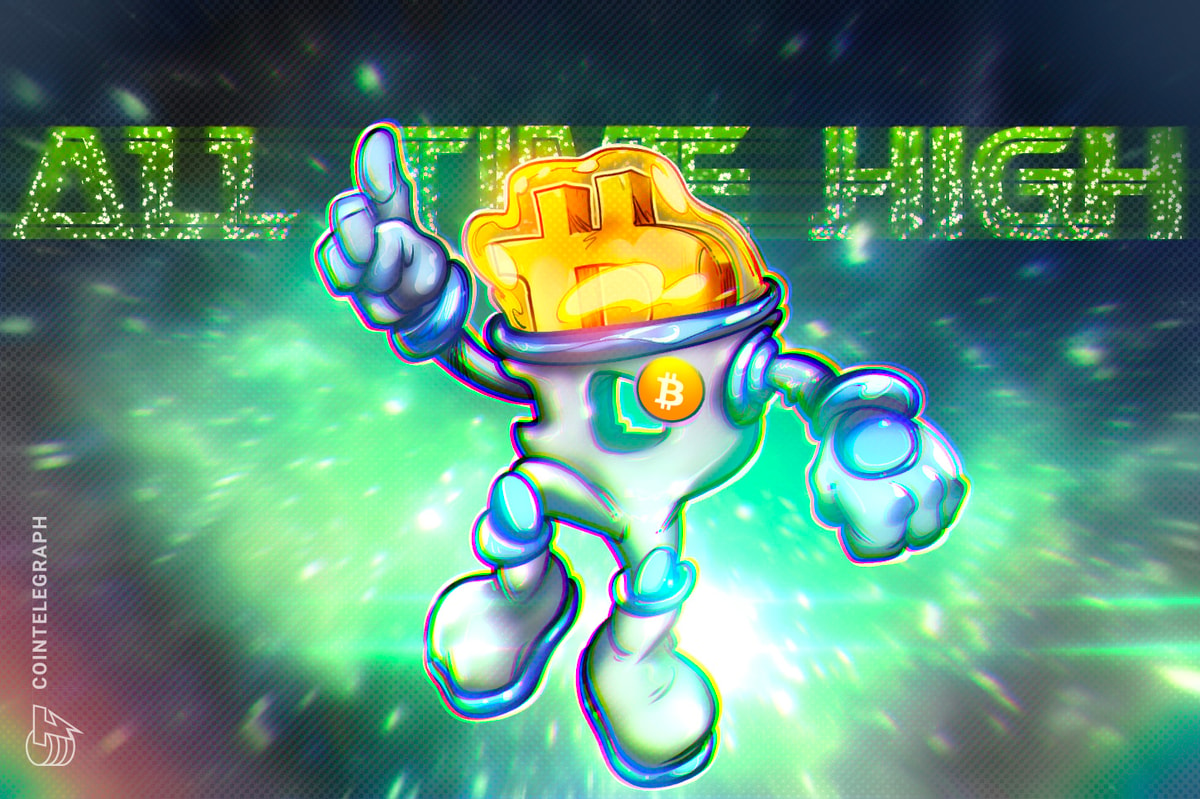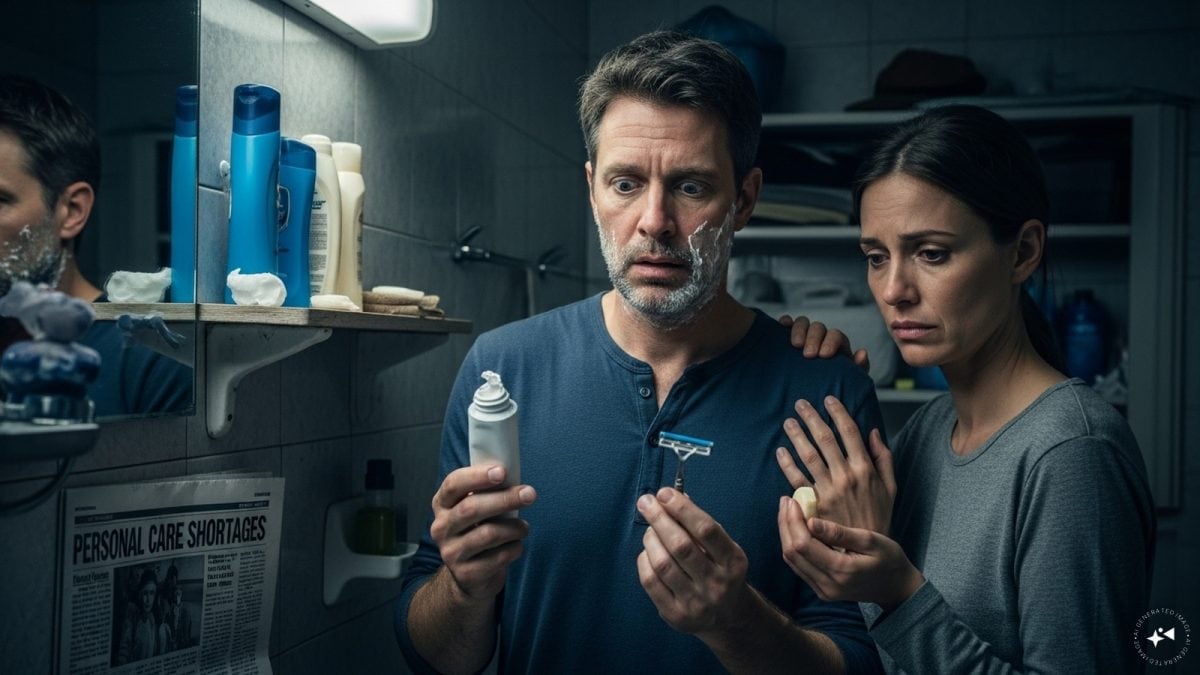Tragic Tesla Cybertruck Crash: Was It Designed to Entrap Its Passengers?

Imagine a scenario where a vehicle designed for innovation and safety turns into a death trap. That’s exactly the horror a California family faced when their daughter tragically died in a Tesla Cybertruck crash, prompting a lawsuit that exposes shocking details about the vehicle's safety flaws.
Last November, 19-year-old Krysta Michelle Tsukahara, a sophomore at the Savannah College of Art and Design, along with two others, lost their lives in an accident that unfolded in the early hours of the morning in Piedmont, California. The Cybertruck, a highly anticipated vehicle making waves for its futuristic design, collided with a retaining wall and a tree before bursting into flames. While Krysta survived the initial impact and was conscious, she could not escape the burning vehicle because the electronic door release failed, according to a lawsuit filed by her parents, Carl and Noelle Tsukahara, reported by the San Francisco Chronicle.
The crash also claimed the lives of the driver, 19-year-old Soren Dixon, and a passenger, 20-year-old Jack Nelson. A fourth passenger, Jordan Miller, remarkably managed to escape after a bystander heroically smashed the windshield with a tree branch. Tragically, Krysta was engulfed in flames, succumbing to smoke inhalation and burns before rescuers could reach her.
The lawsuit seeks damages from Dixon’s estate and the vehicle’s owner, spotlighting alarming issues with Tesla's door mechanisms. It highlights how the vehicle’s doors operate on a 12-volt battery, which can fail if the vehicle loses power, rendering the manual door release all but inaccessible. Attorney Roger Dreyer expressed his outrage, stating, “It’s just a horror story. Tesla knows that it’s happened and that it’s going to happen, and they are doing nothing but selling the car with a system that entraps people.”
The suit accuses Tesla of “conscious disregard” for safety, pointing out that the company has been aware of over 30 issues related to its door systems. Critics are now questioning whether the handleless design—a feature marketed as revolutionary—actively endangers passengers by making it difficult to exit in emergencies.
In the wake of this tragedy, Tesla has been added to the Tsukaharas’ lawsuit, but the company has not yet commented. Meanwhile, Jack Nelson’s parents have filed a separate lawsuit against Tesla, both seeking unspecified punitive damages. It’s essential to note that alcohol and drugs were found in the systems of all four victims, and the California Highway Patrol cited impaired driving and speeding as contributing factors. However, Dreyer firmly believes that the focus should remain on Tesla’s responsibility, stating, “They [Tesla] will want to blame Mr. Dixon, anybody but themselves.” He insists that the Cybertruck should never have entrapped its occupants, asserting, “It’s our way of holding the wrongdoer accountable and correcting bad conduct.”
Since its launch, the Cybertruck has faced scrutiny, including multiple recalls and declining sales. In fact, in September, Tesla was under investigation by the National Highway Traffic Safety Administration after reports emerged of doors failing to open, with desperate parents sometimes forced to break windows to save their trapped children. This tragic incident raises urgent questions about the safety features of one of the most talked-about vehicles on the market today.






















